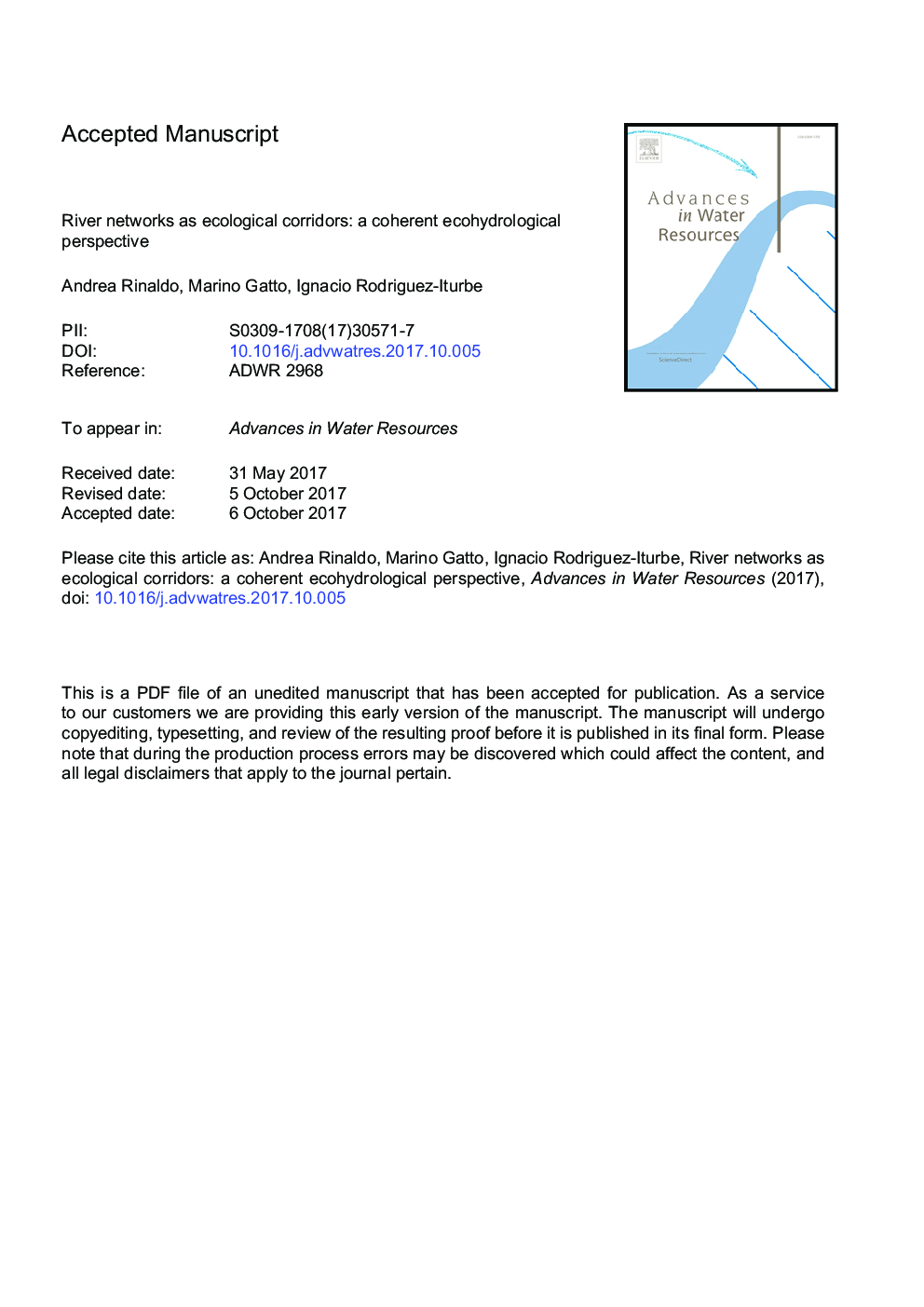| Article ID | Journal | Published Year | Pages | File Type |
|---|---|---|---|---|
| 8883372 | Advances in Water Resources | 2018 | 95 Pages |
Abstract
This paper draws together several lines of argument to suggest that an ecohydrological framework, i.e. laboratory, field and theoretical approaches focused on hydrologic controls on biota, has contributed substantially to our understanding of the function of river networks as ecological corridors. Such function proves relevant to: the spatial ecology of species; population dynamics and biological invasions; the spread of waterborne disease. As examples, we describe metacommunity predictions of fish diversity patterns in the Mississippi-Missouri basin, geomorphic controls imposed by the fluvial landscape on elevational gradients of species' richness, the zebra mussel invasion of the same Mississippi-Missouri river system, and the spread of proliferative kidney disease in salmonid fish. We conclude that spatial descriptions of ecological processes in the fluvial landscape, constrained by their specific hydrologic and ecological dynamics and by the ecosystem matrix for interactions, i.e. the directional dispersal embedded in fluvial and host/pathogen mobility networks, have already produced a remarkably broad range of significant results. Notable scientific and practical perspectives are thus open, in the authors' view, to future developments in ecohydrologic research.
Keywords
Related Topics
Physical Sciences and Engineering
Earth and Planetary Sciences
Earth-Surface Processes
Authors
Andrea Rinaldo, Marino Gatto, Ignacio Rodriguez-Iturbe,
